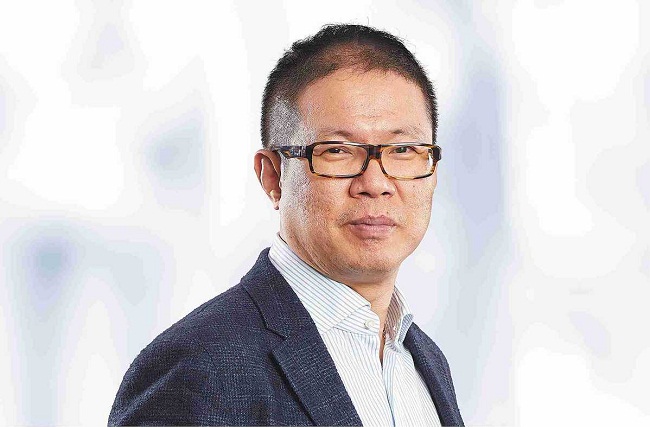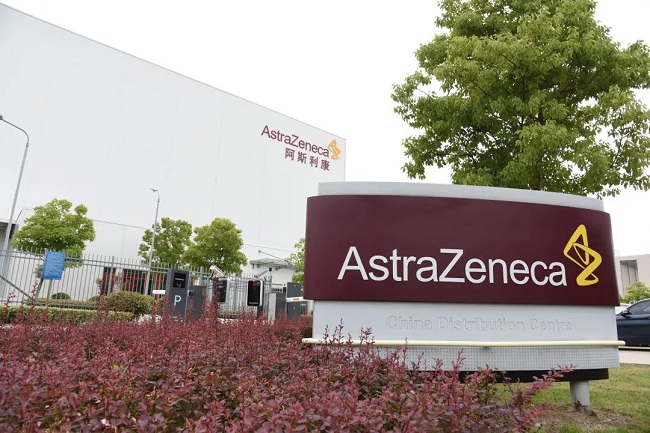
Leon Wang, executive vice-president of AstraZeneca and president of AstraZeneca China. [Photo provided to bjxcbt.com]
AstraZeneca's success in China would not have been possible without the Wuxi National Hi-tech District, or Xinwu district, in Wuxi, East China's Jiangsu province, said Leon Wang, executive vice-president of AstraZeneca and president of AstraZeneca China.
AstraZeneca opened its first China operations in Wuxi and developed its innovation strategy there, noted Wang.
"The growth of AstraZeneca in Wuxi has paralleled the development of Xinwu district over the past three decades," Wang said.
Not long after Xinwu district was established in 1992, AstraZeneca began building a presence in Wuxi. In 2001, the enterprise invested 134 million yuan ($18.76 million) tp establish a supply base in the city, and since then it has experienced rapid development in Wuxi.

AstraZeneca in Wuxi. [Photo provided to bjxcbt.com]
From 2006 to 2009, AstraZeneca built its own logistics system in Wuxi and relocated much of its production capacity to China and Wuxi.
"At first, the Wuxi factory only supplied the Chinese market, but it now provides products to over 70 countries, making it one of AstraZeneca's most advanced factories," Wang noted.
In 2017, the biopharmaceutical business built Dizal Pharma, an important research and development center in Xinwu district.
Five years later, the M•Campus, a metabolic disease industrial park built by AstraZeneca along with Xinwu district, the team of academician Ning Guang, and Zhizhong Med, started operating in Xinwu.
Taking advantage of IoT technology, AstraZeneca has also made management of the overall course of diseases involving prevention, screening, diagnosis, treatment, and rehabilitation more accessible in Wuxi.